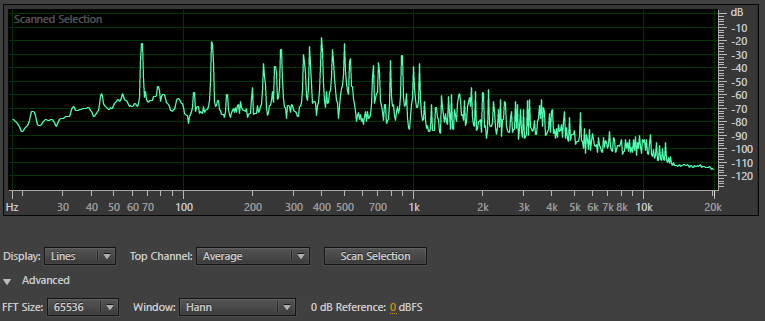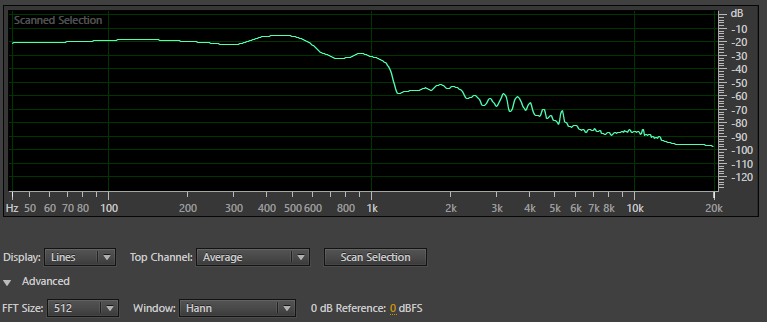@DoggEared brought up an interesting issue of cohesiveness and coherency here:
http://www.changstar.com/index.php/topic,1376.0.htmlIt got me thinking about how I manage coherency when I record. It's dramatically different than how people try to maintain coherency on the output side. We often try to work out some problem from our equipment in terms of weird FR or nasty resonance. But we all recognize that source equipment plays a role in coherency. In the end, it boils down to whether or not your music is well delivered. This will be long but there are some pictures down below.
OK, let me back it up all the way to the recording experience and explain that microphones and microphone placement has the same set of coherency issues that headphones and speakers have but managing those issues is done very differently today. I won't talk gear in this post, just practice.
I recently recorded a neighbor on a church organ to make a CD he was giving to his mother for Christmas. It was a challenge in many ways but I tackled it like most recording artists do. Good mic placement and good EQ.
My mic placement strategy was unusual but because I knew my equipment it worked out great. Large diaphragm condenser with a cardioid pattern. I walked around with it turned 180° from the source until it sounded full (not thick, thin, muffled or distant) then I turned it back around. That way I could manage reflections and phase without a problem and the recording would sound closer than it was so I would have great detail and could tweak reverb later. To help you understand how this works, a cardioid pickup on an LDC uses sound waves hitting the rear of the capsule to cancel those same waves impacting the front of the capsule.
The next thing I did was stand near the mic and also watch the RTA. I had to tweak the FFT sample size to get different perceptions (but I keep it on a Hann window 'cause that makes sense to me). I could clearly see that what I heard and felt from the organ was coming through the mic with too much low-end... as I expected on my mic. I had to EQ it down a bit in post. The top end had some fuzz to it but once I put in my mic's compensation curve it was all good.
So I needed to achieve a flat frequency response and I needed to pay close attention to placement. That's it. The amount of detail extracted and the speed of responsiveness of the mic don't actually matter as much as you may think for actual coherency. FR, room interactions, and phase all have dramatically more impact. It helps that my mic responds faster than any headphone on planet earth but it doesn't actually matter for coherency. It can make the difference between musical and clinical to a degree, but clinical is usually coherent unto itself. My DI was mediocre at best but that doesn't matter for coherency.
Phase and FR are the dominating factors for coherency. Phase is easy in recording because it's easily recognized as wonkiness or hollow room sound to the ears, but just looking at an FR chart won't always help you recognize it. Human ears are still best for that when recording. With FR there are some interesting things to note. You can get away with truncated FR like AM radio and still remain coherent but it kinda sucks. What's worse is when you have massive dips and rises throughout the FR. I find that there are two ways to manage that. One is to have sound on neighboring octaves which compliments what's going on in the octave that may be dipped by a crappy speaker's FR or some other problem. Why do you think Michael Jackson's music in the 80's sounded so good? It is coherent because the additional harmonics are there for us to understand what we're listening to. The other method is to make crappy digital music and crush it all into a small dynamic range and have so much busyness and rapid variety t
o the song that you don't even have a chance to notice a problem.
So harmonics help coherency... at least in recording. Below is a picture of the organ RTA from a small section of the 15th song we recorded.

Notice anything? Every note has at least 3 prominent harmonics. It's also a low-end rich style without being bloated. It's very peaceful and sounded great and still had room-shaking energy in parts, though not this particular snippet. It sounds very smooth but looks scary seeing this way, doesn't it?
Below is the same exact clip with an FFT size a lot of people use because the refresh rate is very high. Notice a problem? It tells something entirely different... not contradictory but it's giving different information. I doesn't help understand coherency through harmonics but it will still help identify FR problems if there are any. This is the compensated curve so the bass was even bigger to begin with as was a rise around 8kHz. I used this view to verify the bass issue in real time.

So coherency can be had for relatively cheap in the recording industry. Detail is easy to come by as well. Getting artsy and matching less coherent sources into something awesome costs an extreme amount and requires extreme talent. Yes, sometimes that gets compressed to death afterwards... but sometimes it doesn't. Sometimes we love it either way.
And that's the very beginning of coherency in music. It's not complicated nor is it some kind of mystical non-science.

